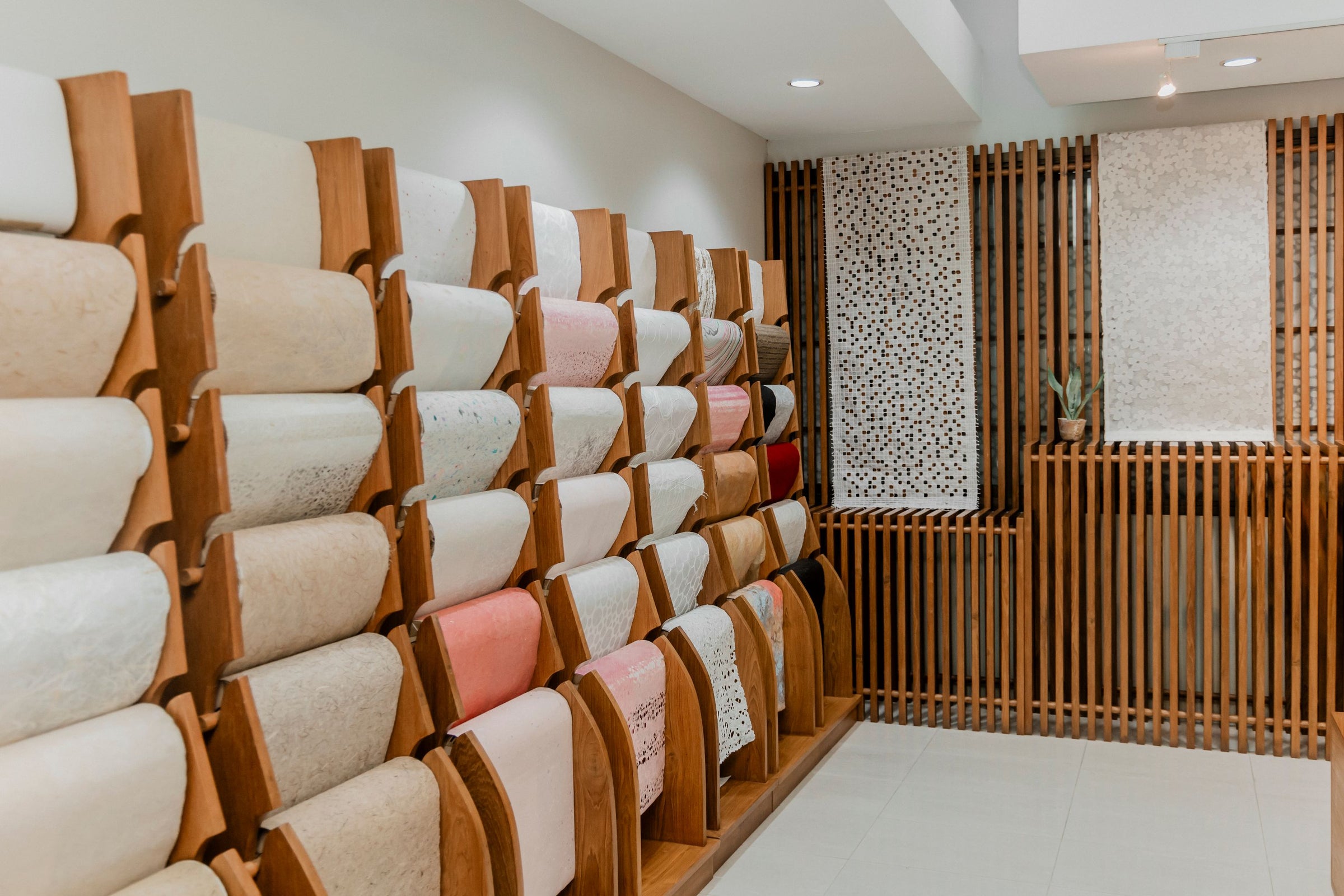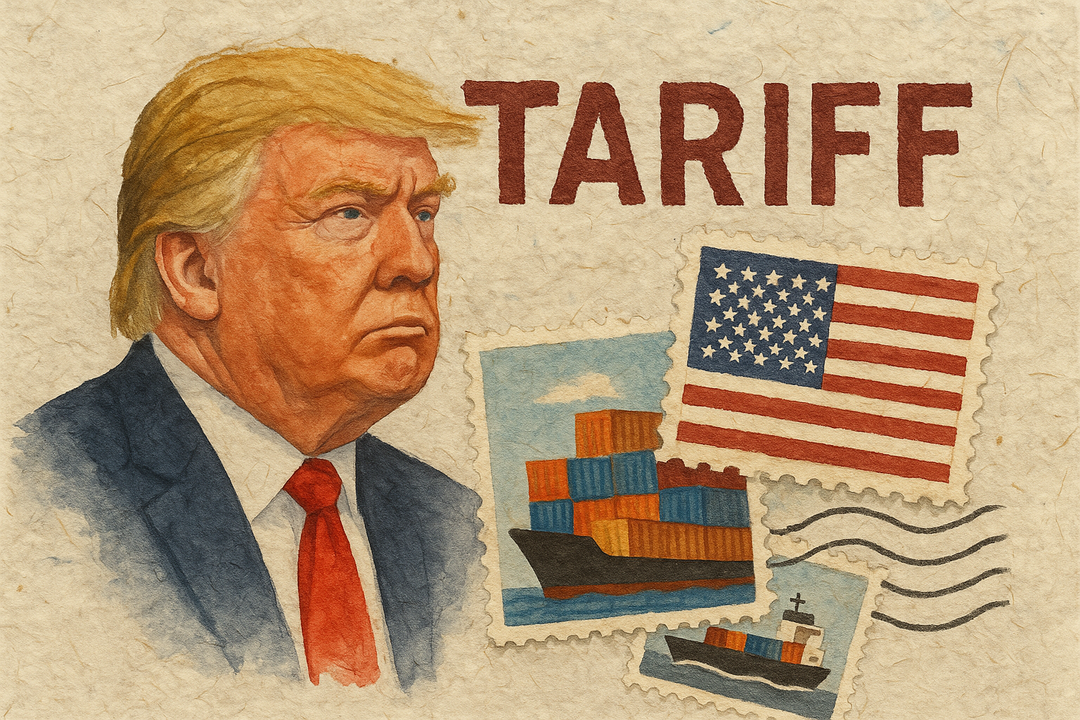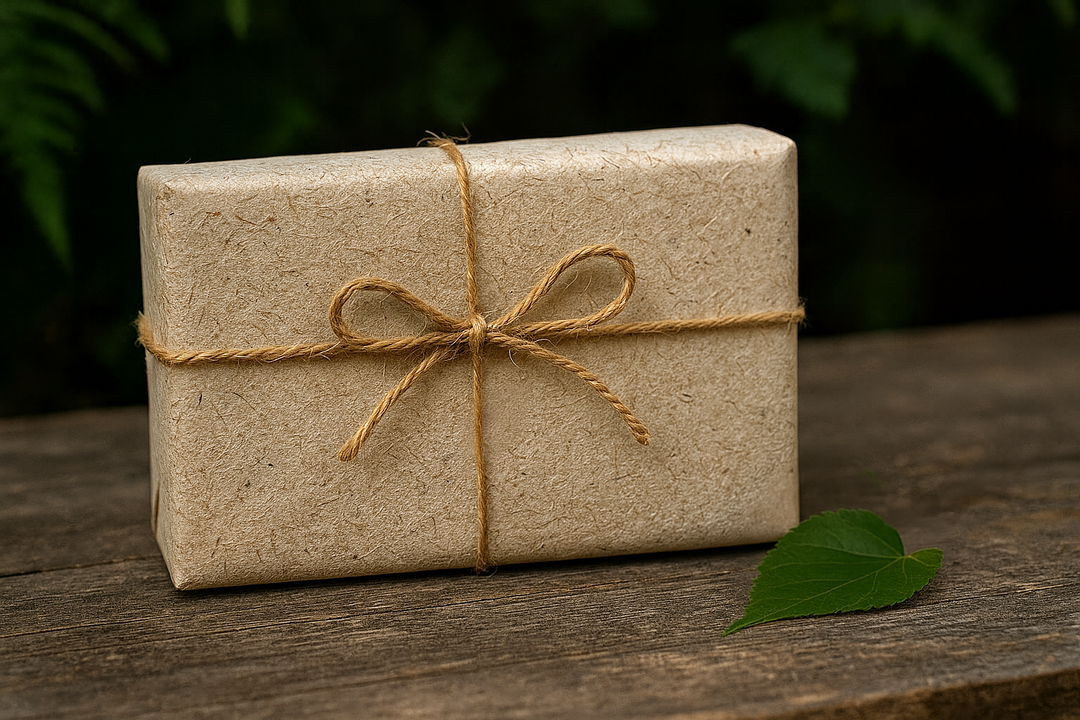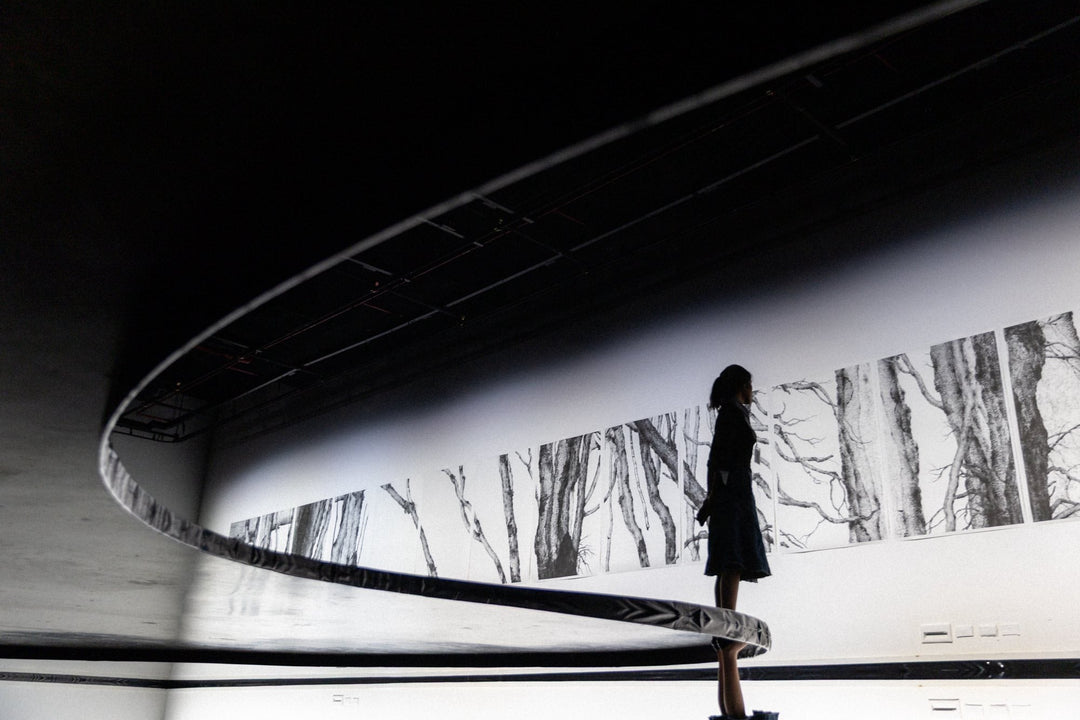The Role of Kozo Paper in Traditional Thai Kite Flying
Long ago, there was a time of year in Thailand when the warm southwest monsoon winds rustling through the leaves, signaling the arrival of a beloved tradition: kite flying season. It was a time when people of all ages would eagerly gather in open spaces, their eyes shining with excitement as they unfurled their colorful kites into the sky.
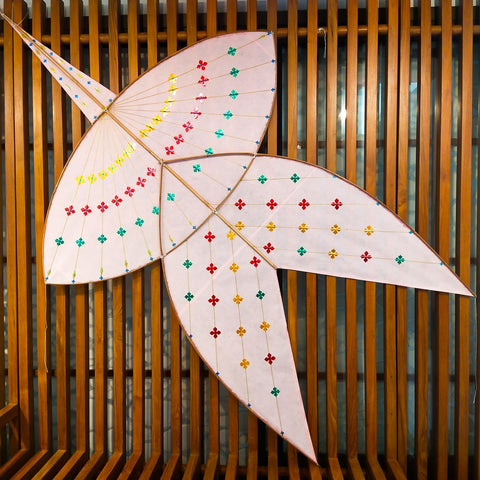
Kozo paper Chula kite in our showroom crafted by Phra Ruang Kite Conservation Association Sukhothai using 37 gsm Solid-colored Kozo
Kite Flying Tradition in Thailand
The prevalence of kite-flying in Thailand was evident, but the exact roots and precursors of the activity remain unclear. However, there is enough evidence to provide a historical account that traces the evolution of kite-flying from its origins in the first Thai kingdom centered around Sukhothai (where our paper mill is located).
According to legend, one of the early kings of Sukhothai, Phra Ruang or Sri Intratit, was an avid kite enthusiast and enjoyed flying kites during his leisure time. As the story goes, Phra Ruang used his feet to create the historic Phra Ruang Road, which spans 128 kilometers, in order to facilitate kite flying.
On a more factual note, surviving chronicles indicate that Dui-dui kites were used in the Mang ceremony, conducted by Brahmins who were responsible for performing royal rites. The origin of this Indian ritual involved the flying of humming kites over the city, either to provide blessings or to forecast the weather for the upcoming season.
The sport of kite flying gained immense popularity in Ayutthaya, the newly established capital of Thailand, and later in Bangkok. The kings and royalty of the time greatly enjoyed participating in kite flying and kite fighting competitions. Eventually, these competitions became a national sport and were held annually at Sanam Luang.
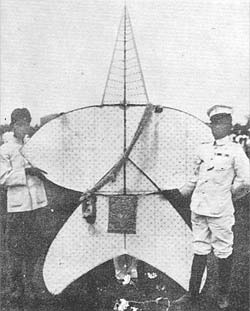
Old photo from Sanam Luang annual kite festival (by Ron Spaulding of the Thai Kite Heritage Group)
As time marched on, the magic of kite flying season began to fade away. The fast pace of modern life and the rise of digital entertainment meant that people had less time and inclination to partake in traditional activities like kite flying.
However, despite the decline in popularity, there were still groups of Thais who were determined to conserve the traditional Thai activity. These individuals recognized the cultural and historical significance of kite flying and were dedicated to preserving it for future generations.
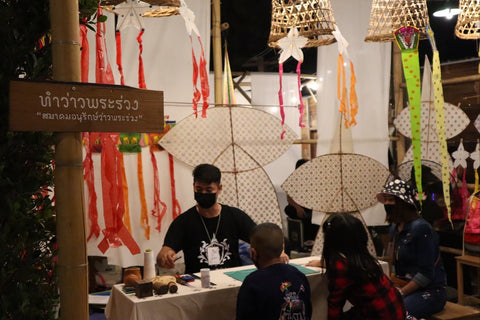
Phra Ruang Kite Conservation Association teaching children how to make kite
These conservation efforts included organizing kite flying festivals and competitions, creating educational programs to teach children about the history of kite flying, and promoting the use of traditional materials and techniques to build kites. Through their hard work and dedication, these groups have helped to keep the tradition of kite flying alive in Thailand.
Today, while the popularity of kite flying may not be as widespread as it once was, it remains an important part of Thai culture. The efforts of those who have worked to preserve the tradition have helped to ensure that future generations will be able to enjoy the magic of kite flying season for years to come.
Kozo Paper and Traditional Thai Kite
It is safe to assume that a trade with China, which flourished in the 13th century, would have brought paper to Sukhothai. In the Song Dynasty (960-1279 CE), advancements in paper production techniques led to the use of boiled bark from the paper mulberry tree (Kozo paper as you know it!) as the primary raw material. Chinese paper had become so refined that it was exported to other countries via the Silk Road. As a result, it is plausible that Kozo paper was used in the making of kites in Sukhothai.

Screen-printed Kozo paper Chula kite in our showroom by Phra Ruang Kite Conservation Association Sukhothai
Kozo paper possesses qualities such as strength, flexibility, lightness, and paintability that make it suitable for crafting kites. While cheaper colored wax papers are commonly used in modern kite-making, a community of traditional kite enthusiasts opt for mulberry paper in their kite crafting.
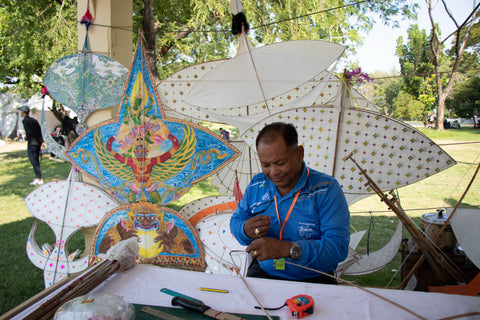
Crafting traditional kites using kozo papers

Beautiful and complex painted kozo kite features Hindu god Vishnu, his mount Phraya Garuda, and his enemy Lord Rahu.
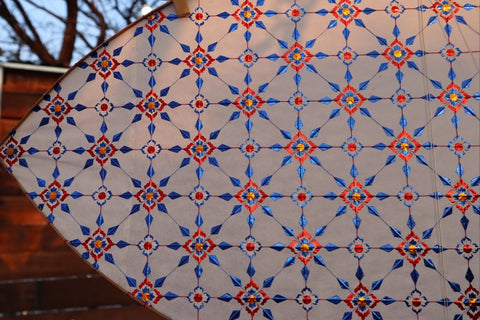
Intricate Thai Prachamyam pattern stickered to the kozo kite
For some, this cherished activity of kite flying is more than just a festival. It was a time-honored tradition that brought communities together, fostering a sense of togetherness and camaraderie that lasted long after the kites had been taken down.




